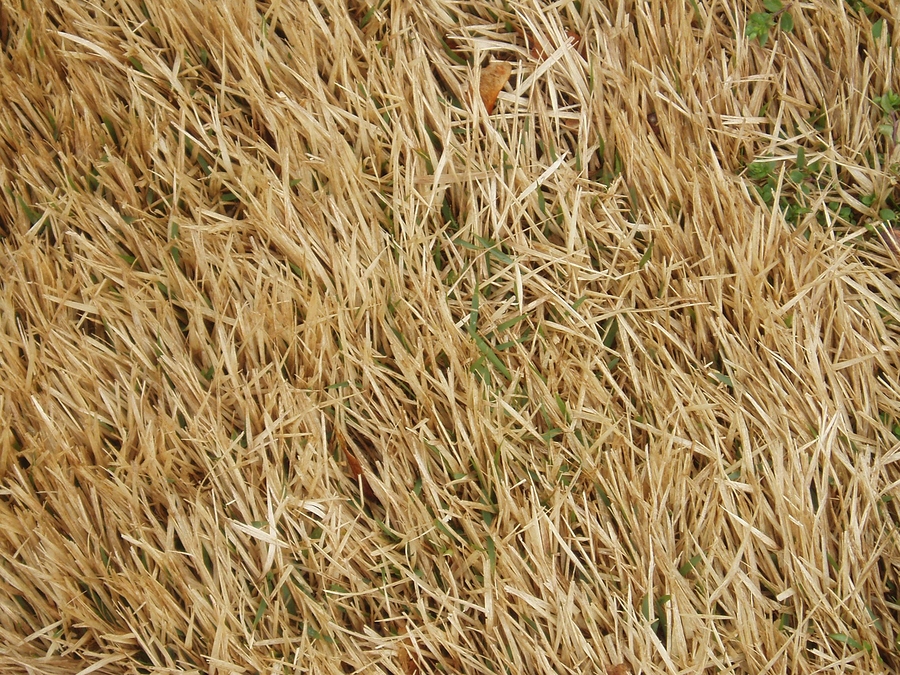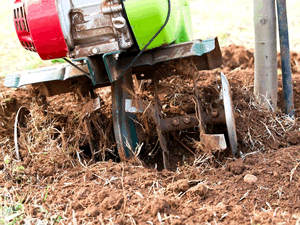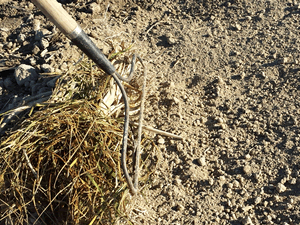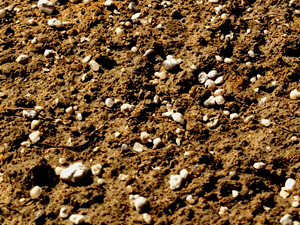Preparing to Install Sod
Make sure you have all necessary tools before you begin. This will make your job much easier! Click here to download our PDF installation supply list.

Soil Preparation
The most important (and most labor intensive) part of a successful planting is proper soil preparation. Follow the steps below to ensure you give your lawn a foundation to grow on!
Kill existing vegetation

If you are replacing an old damaged lawn or a patch of weeds, it is best to kill what is growing there to reduce competition with the new grass. Use a glyphosate weed killer that kills the entire plant (including the roots).
- Make sure to wear appropriate safety equipment (check the label of the chemical you apply)
- Check the weather; do not apply chemical on especially hot or windy days
- You want to coat the entire leaf of each weed, but not so much that chemical is dripping off
- Some especially resilient weeds will need a second application a week later to fully kill
- Afterwards, wait several days for the weeds to die before proceeding to the next step. This ensures that the chemical makes it down to the roots of the plant and completely kills it
Till the soil using a shovel or rototiller

It is important to loosen the soil before planting new sod because it reduces compaction and makes it easier for the roots to grow into the soil. Also, the loose soil will hold moisture better, reducing the amount you have to water.
- Dig down as deep as possible (3-4 inches is recommended)
- Go over the area multiple times to break up any large clumps.
- If the soil is especially hard, it may be helpful to water it the day prior which will make digging easier
Rake smooth and remove debris

If you had an existing lawn or weeds, chances are some dead vegetation was left behind by the rototiller. You will want to remove this so that it doesn't create an air pocket that will allow the sod to dry out.
- Use a metal rake to rake away any debris
- Level the soil as smooth as possible. Your new lawn with follow whatever grade you create in this step
- Spread additional topsoil as needed to amend the soil or change the grade
Apply a starter fertilizer

Your new lawn will require a lot of nutrients to develop its new root system. Apply starter fertilizer on the dirt before installing the sod
- Make sure to wear appropriate safety equipment (check the label of the fertilizer you apply)
- Using a hand or walk behind spreader, apply a starter fertilizer according to bag directions
- It's best to make several light passes with the spreader as opposed to a single heavy pass. This make the application more uniform and prevents over-application.
- Be sure to sweep off any fertilizer that lands on sidewalks or impervious surfaces. This will reduce nutrient runoff and is better for the environment.
